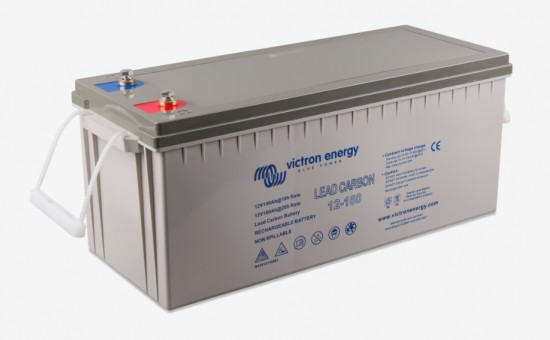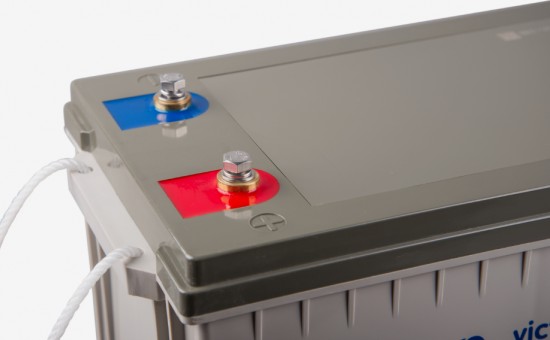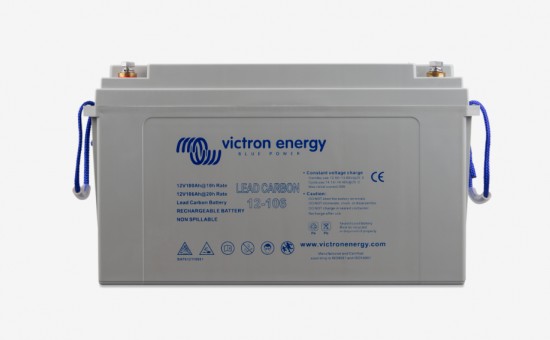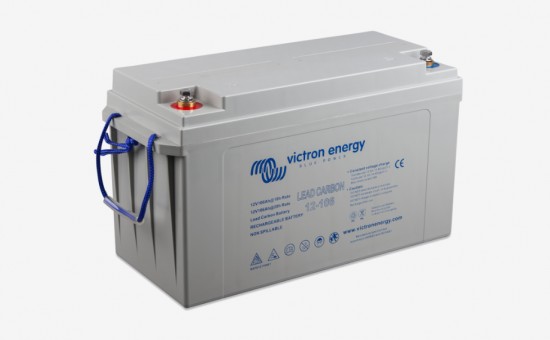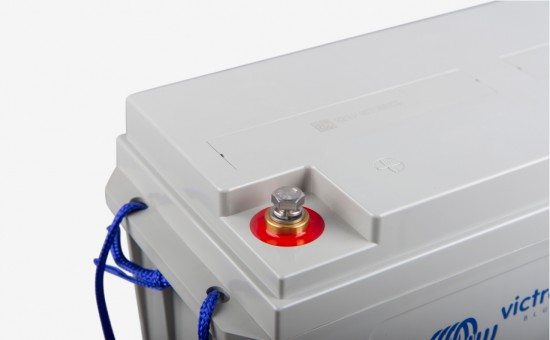LEAD CARBON
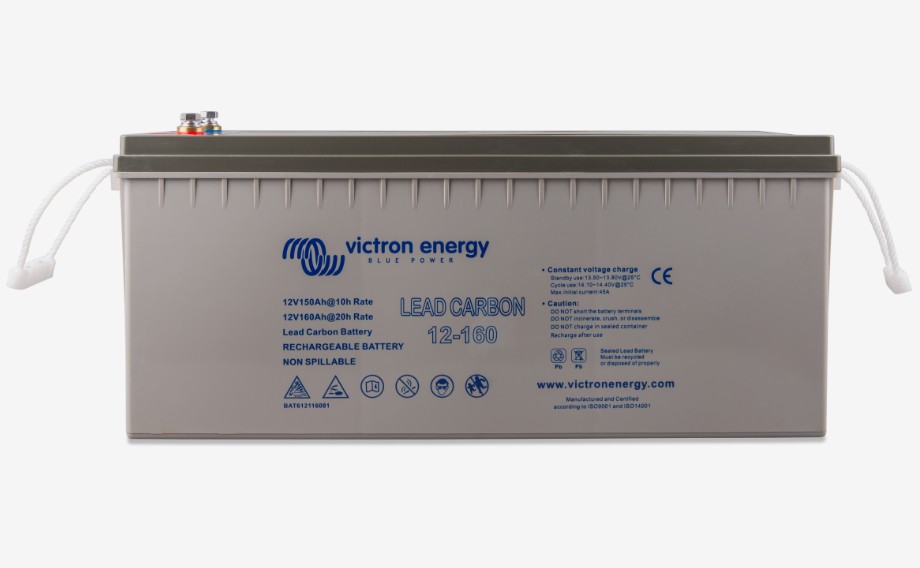
Better partial state-of-charge performance, more cycles, and higher efficiency
Replacing the active material of the negative plate by a lead carbon composite potentially reduces sulfation and improves charge acceptance of the negative plate.
The advantages of lead carbon therefore are:
- Less sulfation in case of partial state-of-charge operation.
- Lower charge voltage and therefore higher efficiency and less corrosion of the positive plate.
- And the overall result is improved cycle life.
Failure modes of flat plate VRLA lead acid batteries in case of intensive cycling
The most common failure modes are:
- Softening or shedding of the active material. During discharge the lead oxide (PbO2) of the positive plate is transformed into lead
sulfate (PbSO4), and back to lead oxide during charging. Frequent cycling will reduce cohesion of the positive plate material due to the
higher volume of lead sulfate compared to lead oxide.
- Corrosion of the grid of the positive plate. This corrosion reaction accelerates at the end of the charge process due to the, necessary,
presence of sulfuric acid.
- Sulfation of the active material of the negative plate. During discharge the lead (Pb) of the negative plate is also transformed into lead
sulfate (PbSO4). When left in a low state-of-charge, the lead sulfate crystals on the negative plate grow and harden and form and impenetrable layer that cannot be reconverted into active material. The result is decreasing capacity, until the battery becomes useless.
It takes time to recharge a lead acid battery
Ideally, a lead acid battery should be charged a rate not exceeding 0,2C, and the bulk charge phase should be followed by eight hours of absorption charge. Increasing charge current and charge voltage will shorten recharge time at the expense of reduced service life due to temperature increase and faster corrosion of the positive plate due to the higher charge voltage.
Tests have shown that our lead carbon batteries do withstand at least five hundred 100% DoD cycles.
The tests consist of a daily discharge to 10,8V with I = 0,2C20, followed by approximately two hours rest in discharged condition, and then a recharge with I = 0,2C20.
Recomended charge voltage
|
Float Service |
Cycle Service | |
| Absorption | 14,1 - 14,4 V | |
| Float | 13,5 - 13,8 V | 13,5 - 13,8 V |
| Storage | 13,2 - 13,5 V | 13,2 - 13,5 V |
Cycle life
≥ 500 cycles @ 100% DoD (discharge to 10,8V with I = 0,2C20, followed by approximately two hours rest in discharged condition, and then a recharge with I = 0,2C20)
≥ 1000 cycles @ 60% DoD (discharge during three hours with I = 0,2C20, immediately followed by recharge at I = 0,2C20)
≥ 1400 cycles @ 40% DoD (discharge during two hours with I = 0,2C20, immediately followed by recharge at I = 0,2C20)
Specifications
| V |
Ah C5 (10,8V) |
Ah C10 (10,8 V) |
Ah C20 (10,8 V) |
l x w x h mm |
Weight Kgr |
CCA
|
RES CAP | Terminals | |
| BAT612110081 | 12 | 92 | 100 | 106 | 410 x 172 x 225 | 36 | 500 | 170 | M8 |
| BAT612116081 | 12 | 138 | 150 | 160 | 532 x 207 x 226 | 55 | 600 | 290 | M8 |
Do you want more information about this product?
bornay@bornay.com | (+34) 965 560 025 | Skype


